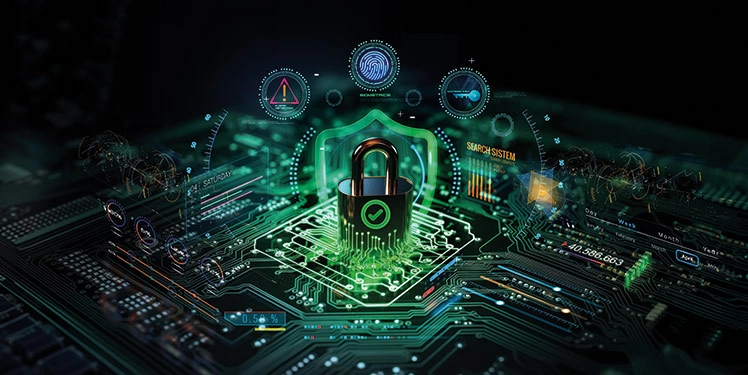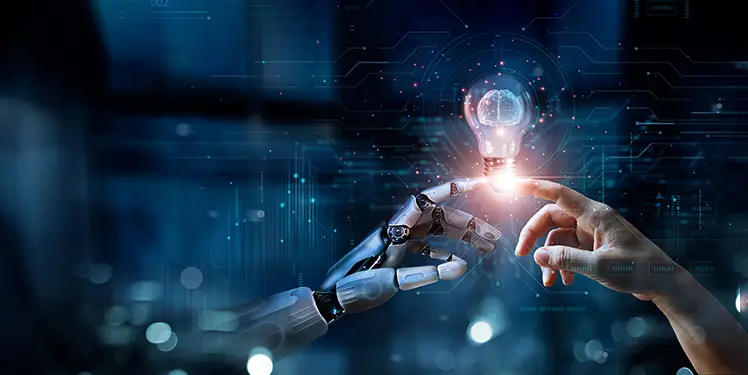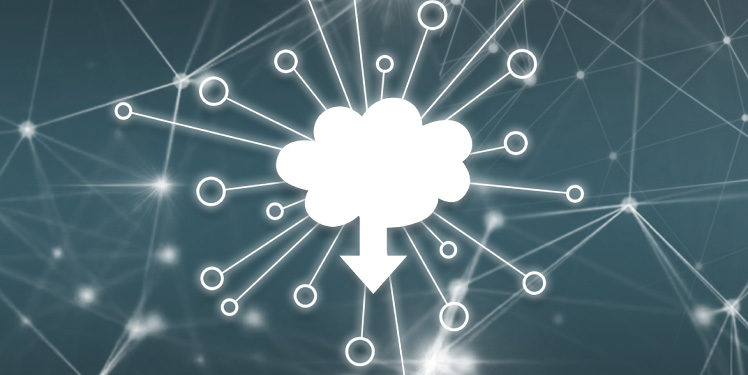Threats and protection mechanisms for the trustworthiness of electronic hardware
RealIZM blog series “Hardware security” – Part 1 With increasing globalization and more complex supply chains, electronic hardware is also becoming more susceptible to manipulation. Jan Hefer, a member of the RF & Smart Sensor Systems department, is working hard…



